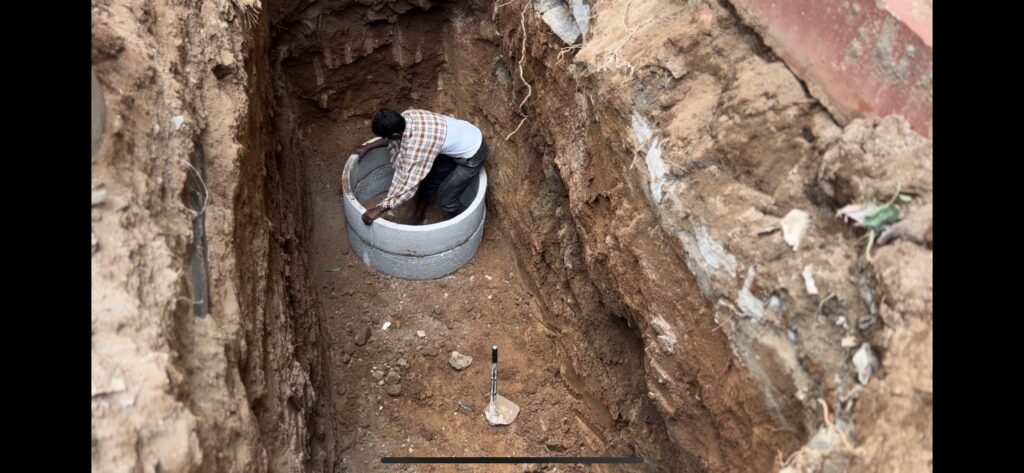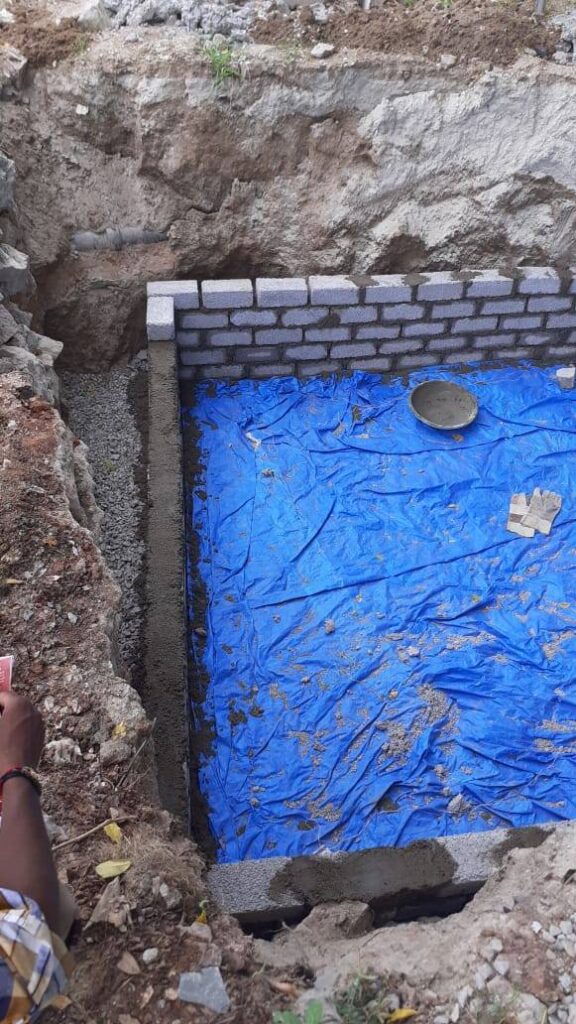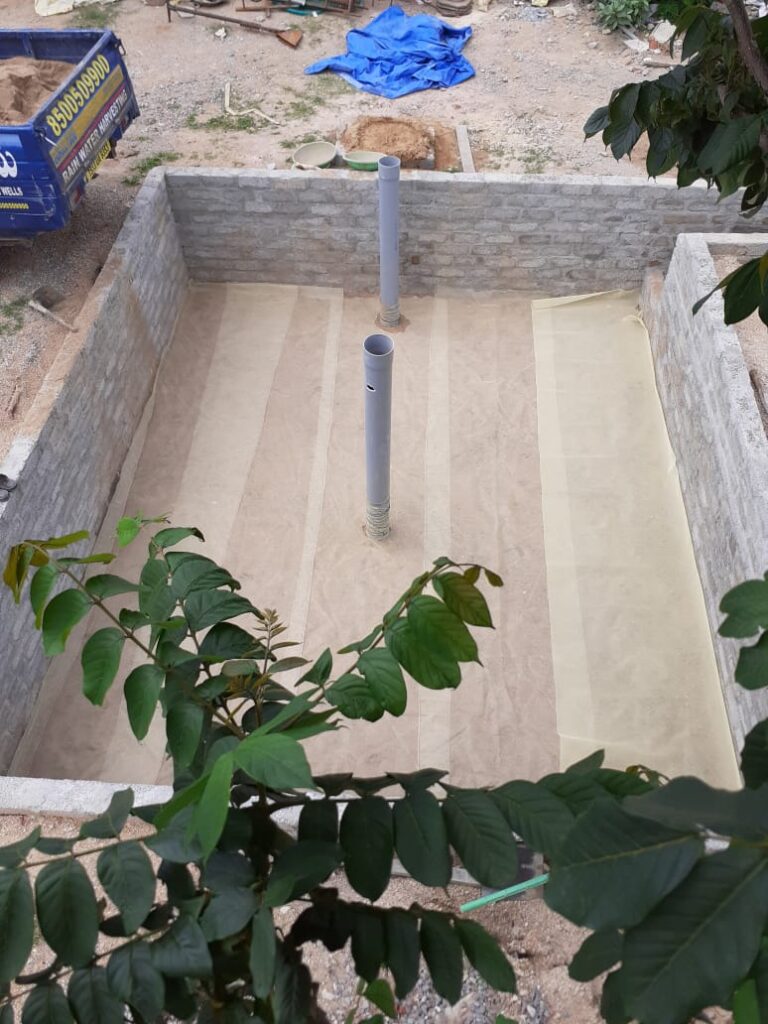Harvesting Rain… Is It Really That Simple?
Let’s explore and discover together.
What exactly is rainwater harvesting?
Rainwater harvesting is the process of collecting and storing rainfall, either for direct use or for replenishing groundwater reserves. Instead of allowing rain to simply flow away into drains and rivers, this technique helps us capture it where it falls. The stored water can be preserved in tanks or allowed to seep underground through recharge structures. In essence, it is nature’s gift being wisely utilized.

Does it truly work?
Yes, it does—remarkably well. For centuries, people across the world used rainwater harvesting as naturally as they cultivated their lands. Villages had tanks, stepwells, and ponds carefully designed to capture every drop. Over time, with the advent of pipelines and taps, these systems were neglected. But now, as water scarcity grows, citizens and communities are reviving this ancient wisdom and finding it just as effective today.
Can rain be harvested at home?
Absolutely. Rainwater harvesting is not limited to large institutions or villages; it can be implemented in individual houses and apartments as well. The open rooftop of your home is a perfect catchment surface. A few simple structures—such as a recharge pit, a dried borewell revived for infiltration, or an underground storage tank—are all that is required. Even small balconies and open spaces can be cleverly used to guide rainwater into the ground. With the right design, every home can become a rain collector.

What about the cost factor?
The investment varies depending on the area of your roof, the quality of soil, and the type of harvesting method you choose. Fortunately, most rainwater harvesting solutions are cost-effective. They do not involve massive construction or heavy machinery. In fact, for many households, the expense is equivalent to routine renovation work, yet the benefits last for decades. It is a one-time investment that secures water for the future.
Who will set it up and how long does it take?
Although the concept is simple, proper planning is important. A knowledgeable professional can assess the slope of your roof, the quantity of rainfall in your area, and the type of soil to design the right system. After that, a trained mason or plumber can complete the work in a matter of days—usually less than a week. In many cities, experienced organizations and water experts are available to provide guidance and even connect you with local builders.
Who really benefits from this effort?
The first and most direct beneficiary is you and your family. Your groundwater gets recharged, ensuring that borewells and wells last longer. But the advantages extend beyond your boundary walls. Since underground water moves, your neighbours also benefit when you harvest rain. If an entire street or community joins hands, the collective impact can revive dry aquifers and bring lasting relief to the whole locality. It is a solution that grows stronger with shared participation.

What about the quality of the harvested water?
Rainwater, when it first falls, is relatively clean. Rooftops provide the most dependable source of uncontaminated water. With the addition of simple filters, dust and leaves can be kept out. The most important rule is that sewage or dirty runoff should never enter the recharge pit. Once groundwater becomes polluted, it is almost impossible to purify. That is why careful planning and responsible handling of rainwater are essential for maintaining quality.
Is maintenance a burden?
Not at all. Rainwater harvesting systems are low-maintenance by design. A quick check once or twice a year—cleaning filters, inspecting pipes, and removing debris—is generally sufficient. The cost is minimal compared to the huge value of the water saved. More than maintenance, what rainwater harvesting really demands is awareness and involvement. It invites us to rebuild our connection with water, to treat every raindrop as precious, and to understand that conserving water is everyone’s duty.
Why does it matter today?
Across the globe, cities are facing severe water shortages. Rivers are drying, groundwater levels are falling, and dependence on distant water sources is increasing. By harvesting rain, we reduce this stress and create self-sufficiency at a local level. It not only provides water security but also reduces flooding, prevents soil erosion, and strengthens ecosystems. Each drop harvested today is an investment in tomorrow’s survival. In conclusion Rainwater harvesting is not a complicated technology—it is common sense. It is about using what nature gives us freely and wisely. It empowers individuals, strengthens communities, and heals the environment. So, ask yourself: is it really that difficult? Or is it just about making a small change in the way we see water? Harvest the rain. Conserve the future. Value every single drop.

